Reviewed by Corey Noles
Apple's been busy behind the scenes, and iOS 26 just dropped the biggest intelligence upgrade since Siri learned to set timers. We're talking about 20+ brand-new Apple Intelligence features that make your iPhone feel less like a phone and more like that friend who always knows exactly what you need—but without the privacy concerns.
What you need to know:
Apple Intelligence continues its rollout with iOS 26, bringing powerful on-device AI capabilities that process your data locally using a ~3 billion parameter language model.
The features span everything from real-time translation across Messages, FaceTime, and Phone to visual intelligence that analyzes screenshots and on-screen content.
Language support expands beyond US English to include Chinese (Mandarin), French, German, Italian, Japanese, Korean, Portuguese, and Spanish—with language packs around 900MB each.
PRO TIP: The biggest game-changer? A new Foundation Models framework gives third-party developers direct access to Apple's on-device AI models—meaning every app you love is about to get smarter
Here's what you need to know about the features that'll actually change how you use your iPhone daily.
Live Translation finally breaks down language barriers (and it's ridiculously good)
Remember struggling through Google Translate screenshots during that vacation in Tokyo? Those days are officially over. Live Translation works across Messages, FaceTime, and Phone, automatically translating both spoken and text conversations when people don't speak the same language.
In the Phone app, Live Translation uses actual voice translation with an AI voice to translate spoken content quickly and efficiently—think real-time conversation, not that awkward pause-and-translate dance we've all endured. FaceTime shows translated captions for speech while you still hear the speaker's original voice, maintaining that natural conversation flow everyone's been hoping for.
The real kicker? All processing happens on your device to keep conversations private. This eliminates network dependency entirely—no dropped connections mid-conversation when cell service gets spotty. It also means zero ongoing costs since there are no API fees eating into your data plan, unlike cloud-based alternatives. Plus, the offline capability delivers consistent performance whether you're in downtown Manhattan or hiking through remote mountains. Language options include the usual suspects—English variants, Chinese (Mandarin, Simplified), French, German, Italian, Japanese, Korean, Portuguese (Brazil), and Spanish (Spain)—with more languages coming throughout the year.
Visual Intelligence gets screenshot superpowers
Visual Intelligence was already pretty cool for identifying real-world objects through your camera. Now it works with screenshots, transforming those dozens of screenshots sitting unused in your Photos app into actionable information goldmines.
Take a screenshot and tap into it to see new Ask and Image Search buttons. With Ask, you can ask ChatGPT questions about what's in the screenshot—perfect for getting context on that confusing email thread or understanding a complex diagram your colleague shared. The search functionality lets you search Google Images, Etsy, and other apps that implement support for the feature, turning product discovery into a seamless tap-and-search experience.
Visual Intelligence can read aloud and summarize screenshots with text, making it incredibly useful for accessibility or when you're multitasking through your morning commute. The system also detects events on screen and suggests adding them to Calendar, automatically extracting dates, times, and locations from everything from concert posters to meeting invitations. It's like having a personal assistant who actually pays attention to the details you screenshot but never get around to processing.
Apple Wallet becomes your personal shipping detective
Your inbox is about to get a lot less cluttered, thanks to Apple Wallet's new order tracking intelligence that transforms email chaos into organized package visibility. Apple Wallet can scan your emails to identify order and tracking information, automatically adding it to the Orders section without any merchant participation required.
The feature automatically scans confirmation emails from merchants and delivery companies, pulling shipping updates into a unified timeline within Wallet that eliminates the need to juggle multiple tracking apps or bookmark carrier websites. No more hunting through Gmail for that tracking number or wondering if your package actually shipped. Automatic order detection can be enabled in Wallet app settings under Order Tracking.
This leverages the same Apple Intelligence models that power mail summaries, meaning it works with the privacy-first approach you'd expect. Your email content isn't sent to servers—it's processed locally using those on-device foundation models that are becoming Apple's secret weapon for intelligent features that respect user privacy while delivering enterprise-level functionality.
Image Playground and Genmoji get the creative boost you've been waiting for
The creative tools that launched with earlier Apple Intelligence updates just got significantly more interesting, with quality improvements that make generated content actually worth sharing. Apple quietly upgraded Image Playground, and the images generated using Animation, Sketch, and Illustration styles have noticeably improved quality that rivals dedicated creative apps.
Genmoji can now combine two standard emoji into one custom creation, giving you way more expression options for those moments when the regular emoji set just doesn't capture your exact mood or reaction. The real game-changer? Image Playground offers new ChatGPT image styles, including Oil Painting, Watercolor, Vector, Anime, and Print options that send your description to ChatGPT for unique image creation that matches professional design aesthetics.
Image Playground sends a user's description or photo to ChatGPT to create these enhanced styles, but it maintains the same privacy approach as other Apple Intelligence features through secure processing protocols. The integration feels seamless—you're not bouncing between apps or dealing with separate login credentials, making creative expression as natural as sending a text message.
Your iPhone gets developer-level AI superpowers
Here's where things get really interesting for the broader app ecosystem and your daily iPhone experience. Apple introduced the Foundation Models framework that gives developers direct access to the same on-device models powering Apple Intelligence features, fundamentally changing what third-party apps can accomplish.
This framework runs locally using Apple Silicon chips, operates completely offline when needed, and comes with no associated cloud API costs—meaning developers can build intelligent features without ongoing expenses that get passed to users. Think about the possibilities: mail summaries can now be easily brought to third-party email apps, not just Apple Mail. A school study app could use the foundation models to generate personalized quizzes based on your learning patterns, adapting difficulty and content to your progress.
The framework has native support for Swift, so developers can access Apple Intelligence with as few as three lines of code. It's completely free for developers to use, which means we're about to see an explosion of intelligent features across third-party apps that maintain the same privacy and performance standards as Apple's own implementations. This represents a fundamental shift in how AI gets integrated into mobile apps—instead of requiring expensive cloud infrastructure, intelligence becomes a standard feature any developer can implement.
The intelligence upgrade your iPhone has been waiting for
iOS 26's Apple Intelligence expansion isn't just about adding features—it's about fundamentally changing how your iPhone anticipates and responds to your needs while maintaining the privacy and performance standards that set Apple apart. These features are available for testing starting today for supported devices, with wider availability coming this fall.
The real story here isn't any single feature, but how they work together to create an intelligent ecosystem that learns your patterns without compromising your data. Apple Intelligence uses on-device processing for most capabilities, with Private Cloud Compute handling more complex requests while maintaining privacy through cryptographic attestation and independent security verification. Apple Intelligence features will be coming to eight more languages by the end of the year, making these capabilities accessible to a much broader global audience who can experience truly localized AI assistance.
Your iPhone is about to get a lot smarter, and the best part? It's happening without sacrificing the privacy and performance standards that make iOS worth using in the first place. The foundation is being laid for a future where every app you use can be genuinely intelligent, helpful, and respectful of your data—all while running in your pocket.




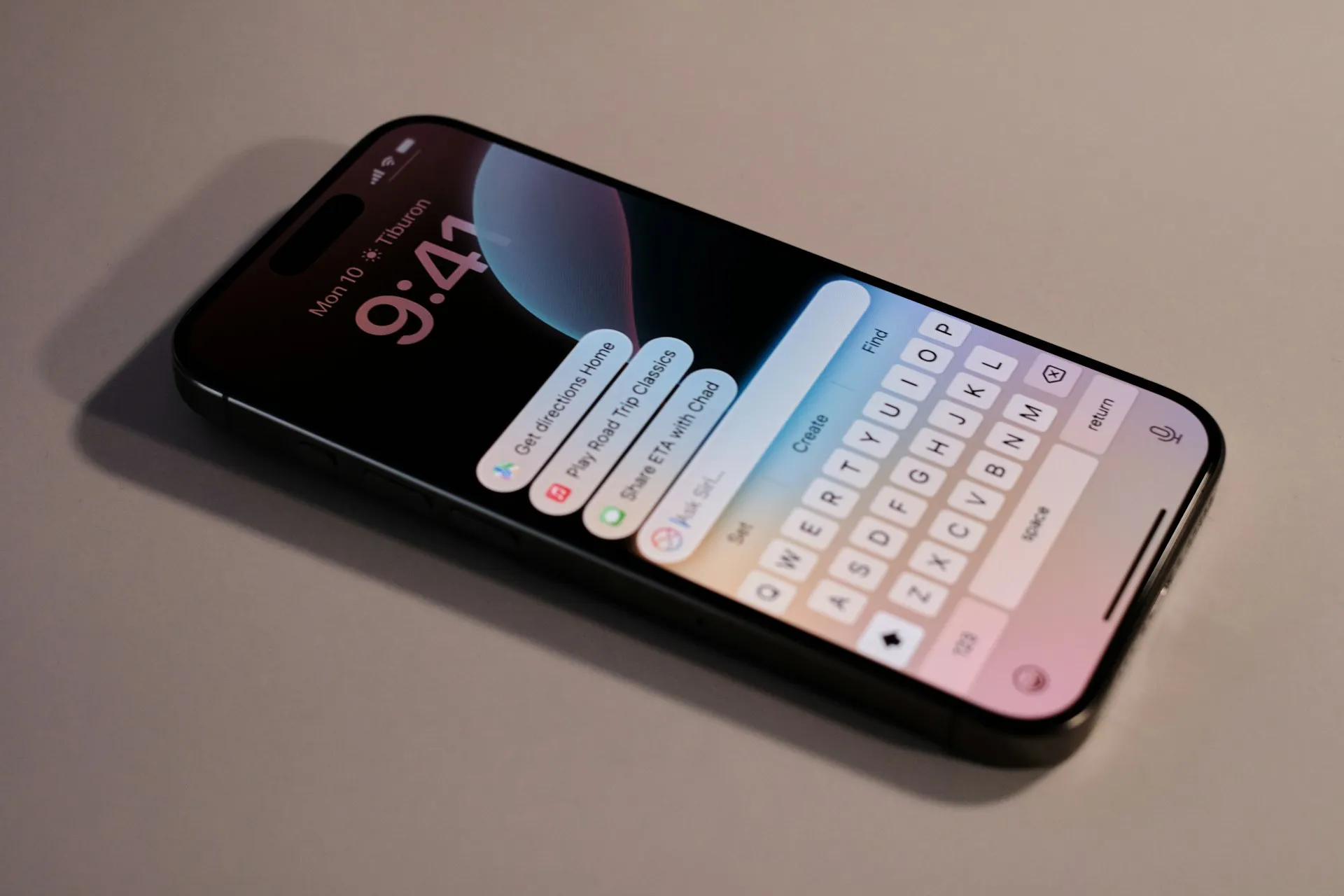




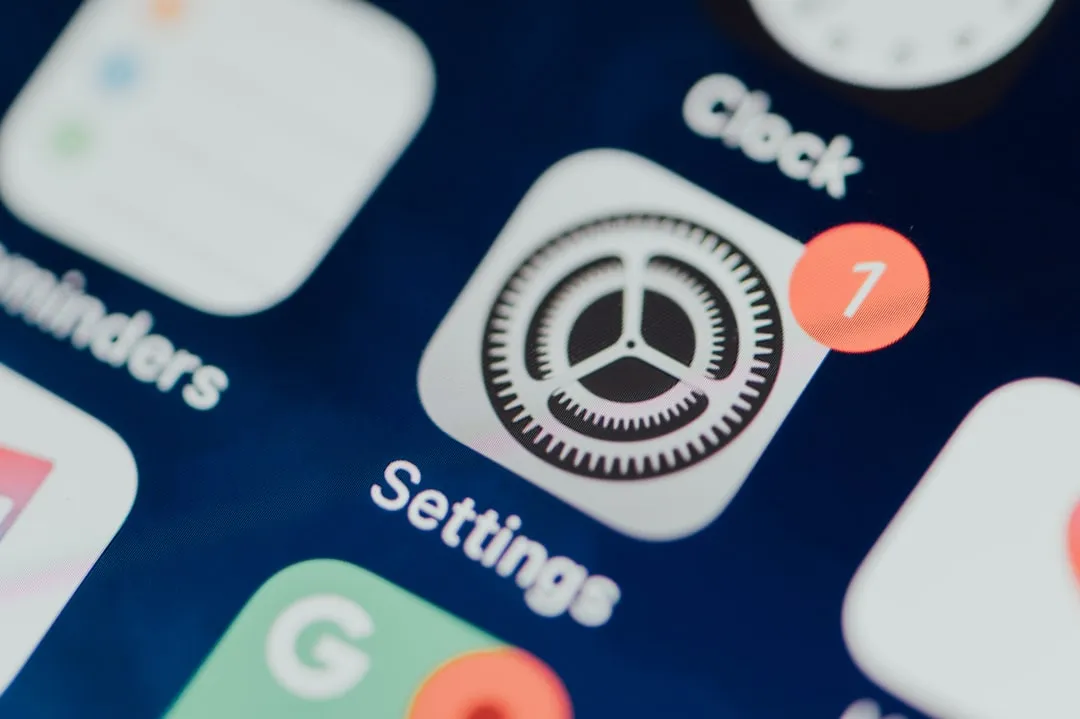




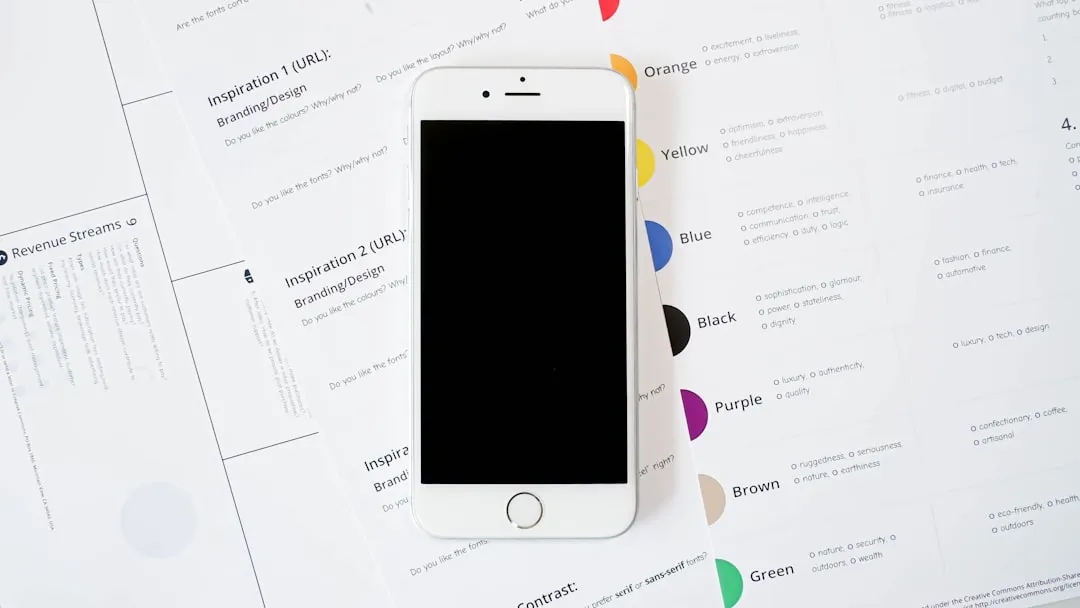
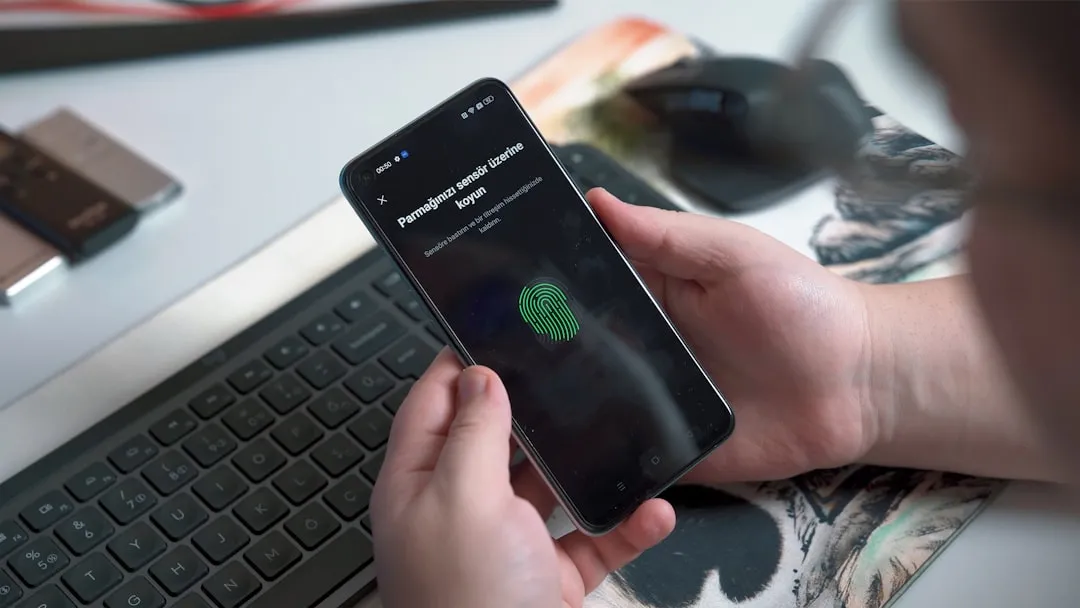


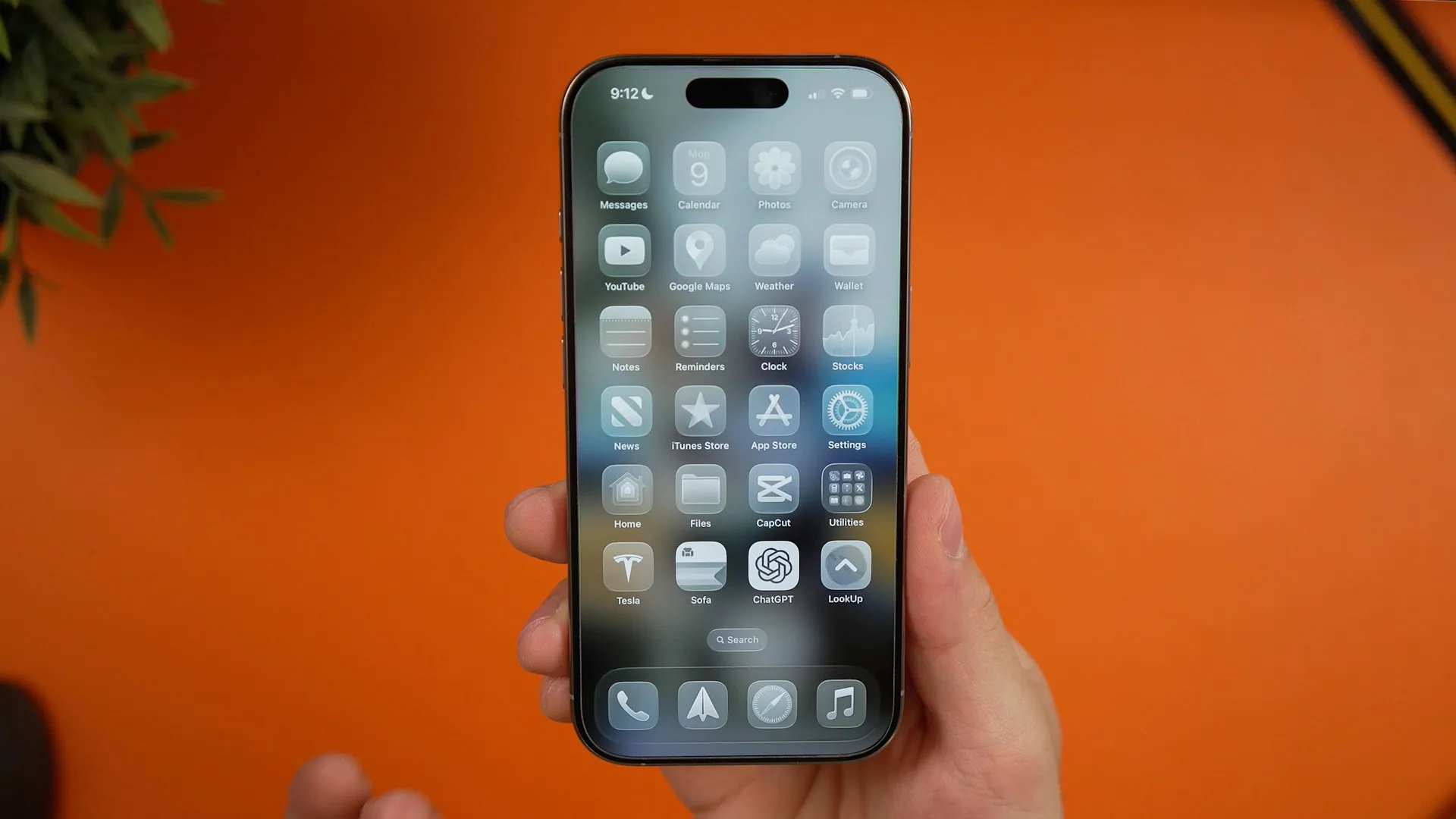

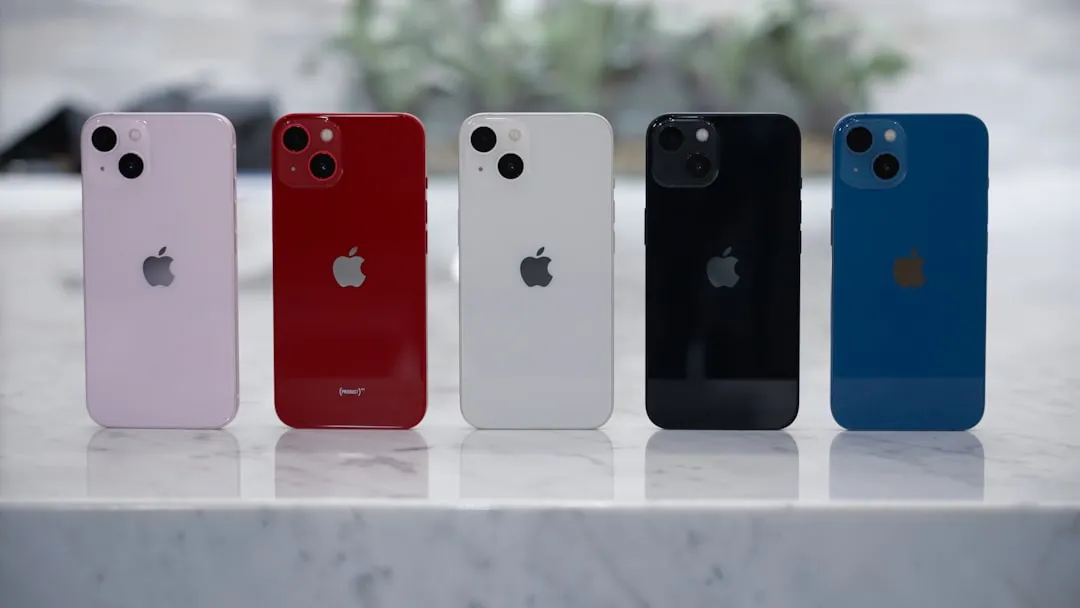



Comments
Be the first, drop a comment!